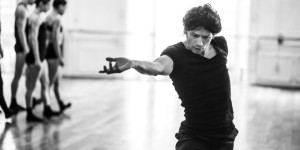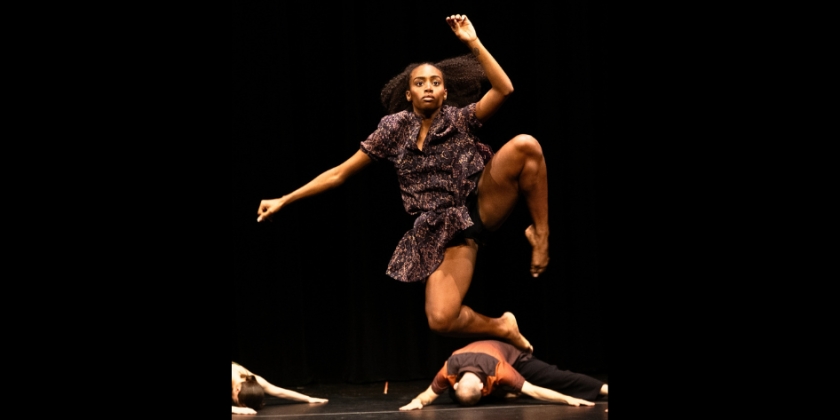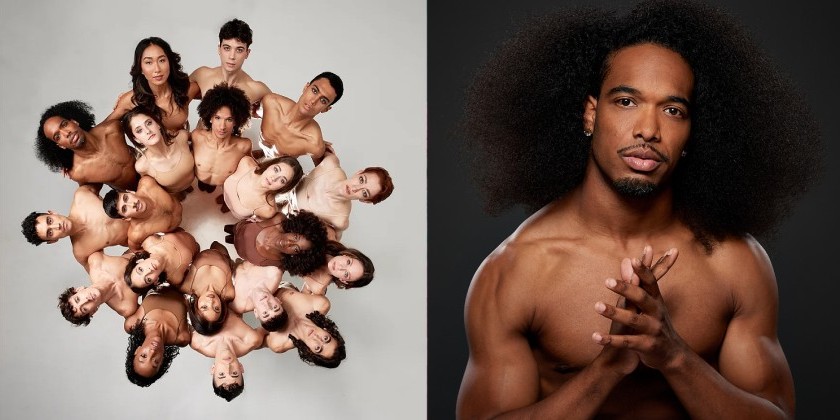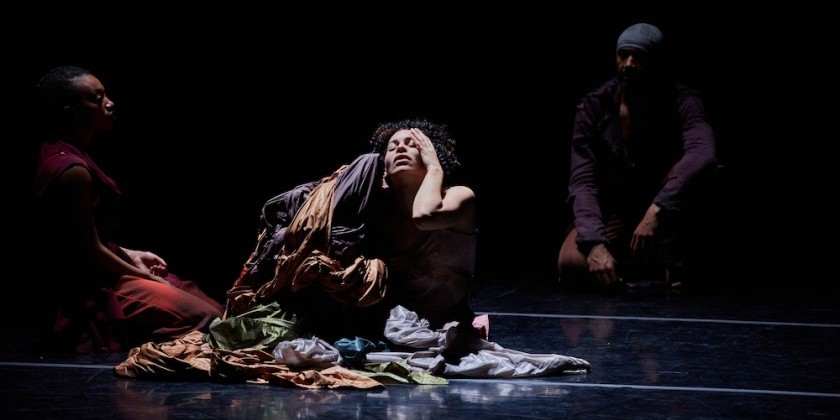IMPRESSIONS: Garth Fagan Dance Celebrates 52 Years at The Joyce Theater

November 16, 2022
Artistic Director: Garth Fagan
Rehearsal Director: Norwood Pennewell
Dancers: Norwood Pennewell, Natalie Rogers-Cropper, Steve Humphrey, Gabrielle Samuel, Sabrina Cmelak, John Crim, Daria Clarke, Destiny Felder, Ethan Beckwith-Cohen, Ira Lindsay, Nathan E. McNatt Jr., Kiara J. Haywood with guests Davente Gilreath, Keisha Laren Clarke Gray, Wynton Rice.
Lighting Designer: Lutin Tanner
As a young man, Jamaica-born Garth Fagan studied and danced with the greats of modern and Afro-Caribbean dance: Alvin Ailey, José Limón, Martha Graham, Pearl Primus, Lavinia Williams, and Ivy Baxter of Ivy Baxter’s Jamaican National Dance Company, the last of whom he danced and toured with while in high school. His innovative, multi-dimensional, and highly original technique emerged as an electrifying amalgam of these distinct aesthetics.
Internationally acclaimed for his choreography of The Lion King, Fagan recently presented his concert dance work at The Joyce Theater as Garth Fagan Dance celebrated its 52nd anniversary season.

In Prelude (1981), the opening dance of Fagan's week-long program, his signature style bursts out into space before us. Movement-heavy and precise, the vocabulary swings from complex, geometrical patterns to joyous abandon. Thirteen performers dressed in blue and green leotards over tights move to the music of Abdullah Ibrahim and Max Roach. They spin across the stage in fast grounded turns, then explode into jumps, arching their heads back toward their toes. They transition magically from intricate sculptural, shapes to full-out rhythmic vibrations.
How do they do it? There could be a clue in the epigraph to Prelude which reads: "Discipline is freedom." Fagan learned this phrase from his Oxford-educated father, Jamaica’s chief education officer. In fact, it is the motto of his company and seems to have held the group in good stead. Fifty-two years is a remarkable run.

While Prelude focuses on feats of technique, Fagan also creates works that are more concept-based, often drawing from the African diaspora to present narrative or cultural themes.
Four Women (1973), a solo danced by Natalie Rogers to the iconic Nina Simone song of the same title, employs costumes and props, designed by Fagan, to tell the story of four archetypal Black women. In stark contrast to Prelude, this piece relies on simple gestures and Rogers' compelling presence to work its magic.

Fagan's latest work, Covid Virtue, Victory, had its world premiere this season. This duet danced by Keisha Laren Clarke Gray and John Crim to music by John Coltrane uses stillness and sustained partnering to contrast experiences of isolation and companionship. Clarke Gray and Crim, both dexterous dancers with long limbs and high extensions portray a simple relationship, unadorned by overly emotional facial expressions. Here, and throughout the evening, I was struck by the purity of Fagan's choreography. Pristine in its lines, curves, shapes, and gestures, this clarity welcomes the viewer into even the most abstract pieces.

The evening concluded with Translation/Transition (2002), another large group work set to the music of the Jazz Jamaican All Stars. Rogers, who has been a company member since 1989, is joined by other veteran Fagan dancers including Norwood Pennewell (member since 1978 and also a choreographer) and Steve Humphrey, the only original member of Garth Fagan Dance who still performs with the company. Similar to the opener, this piece is a celebration of dance and of the body, pushing the limits of focus, balance, and athleticism. Garth Fagan Dance rejoices in the human body and spirit. Watching his dancers, we feel liberated.











